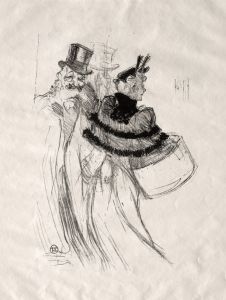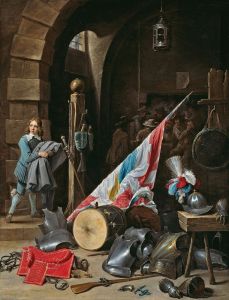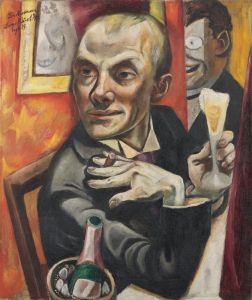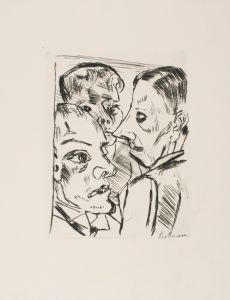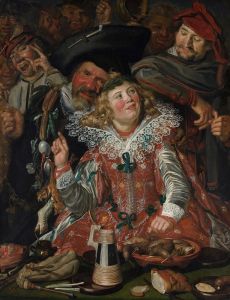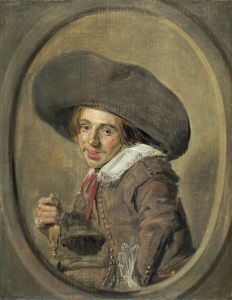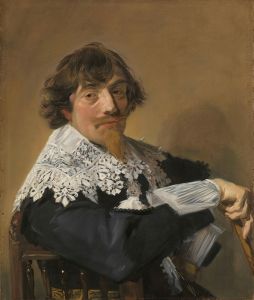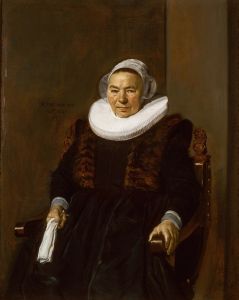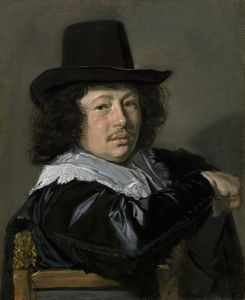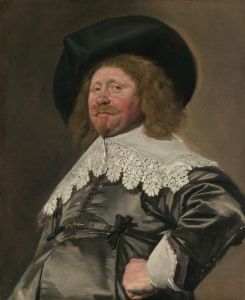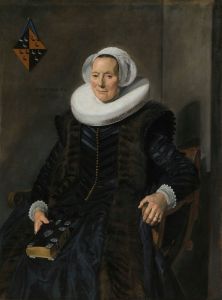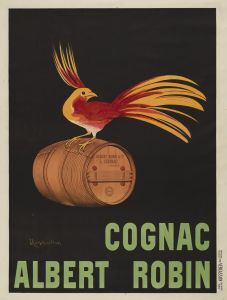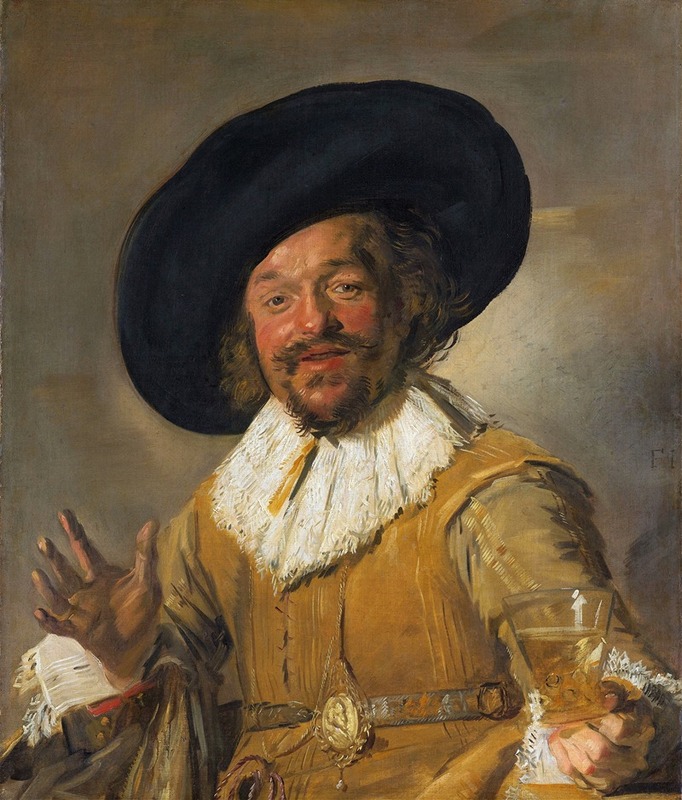
Merry Drinker
A hand-painted replica of Frans Hals’s masterpiece Merry Drinker, meticulously crafted by professional artists to capture the true essence of the original. Each piece is created with museum-quality canvas and rare mineral pigments, carefully painted by experienced artists with delicate brushstrokes and rich, layered colors to perfectly recreate the texture of the original artwork. Unlike machine-printed reproductions, this hand-painted version brings the painting to life, infused with the artist’s emotions and skill in every stroke. Whether for personal collection or home decoration, it instantly elevates the artistic atmosphere of any space.
Frans Hals, a prominent Dutch Golden Age painter, is renowned for his lively and dynamic portraiture. One of his notable works is "The Merry Drinker" (Dutch: "De vrolijke drinker"), painted around 1628-1630. This painting exemplifies Hals' distinctive style, characterized by loose brushwork and a keen ability to capture the vivacity and spontaneity of his subjects.
"The Merry Drinker" is an oil on canvas painting, measuring approximately 81 x 66.5 cm. It is housed in the Rijksmuseum in Amsterdam, one of the most prestigious museums in the Netherlands. The painting depicts a jovial man, seemingly in mid-conversation, raising a glass in a toast. His expression is animated, with a broad smile and eyes that suggest a sense of merriment and engagement with the viewer. The subject is dressed in a broad-brimmed hat and a simple yet elegant doublet, typical of the fashion of the time.
Hals' technique in "The Merry Drinker" is particularly notable for its loose and fluid brushstrokes, which convey a sense of immediacy and liveliness. This approach was somewhat unconventional compared to the more polished and detailed style of many of his contemporaries. Hals' ability to capture the fleeting expressions and gestures of his subjects has often been compared to the spontaneity of a candid photograph, a testament to his skill in rendering human emotion and character.
The painting is a fine example of Hals' genre work, which often depicted scenes of everyday life and common people, rather than the more formal and idealized portraits of nobility and religious figures that were prevalent during the period. This focus on ordinary subjects was part of a broader trend in Dutch art during the 17th century, reflecting the values and interests of a burgeoning middle class in the Dutch Republic.
"The Merry Drinker" is also significant for its use of light and shadow. Hals employs a chiaroscuro technique, using contrasts between light and dark to create depth and volume. The light source in the painting appears to come from the left, illuminating the drinker's face and the raised glass, while casting subtle shadows that enhance the three-dimensionality of the figure.
Frans Hals' work, including "The Merry Drinker," has been influential in the development of portrait painting. His ability to convey personality and emotion through expressive brushwork and composition has inspired countless artists, both during his lifetime and in subsequent generations. Hals' portraits are celebrated for their vitality and realism, qualities that continue to captivate audiences today.
In summary, "The Merry Drinker" by Frans Hals is a masterful example of Dutch Golden Age portraiture, showcasing the artist's skill in capturing the essence of his subjects with dynamic brushwork and a keen eye for human expression. The painting remains an important piece in the collection of the Rijksmuseum, offering insight into the social and cultural milieu of 17th-century Netherlands.





